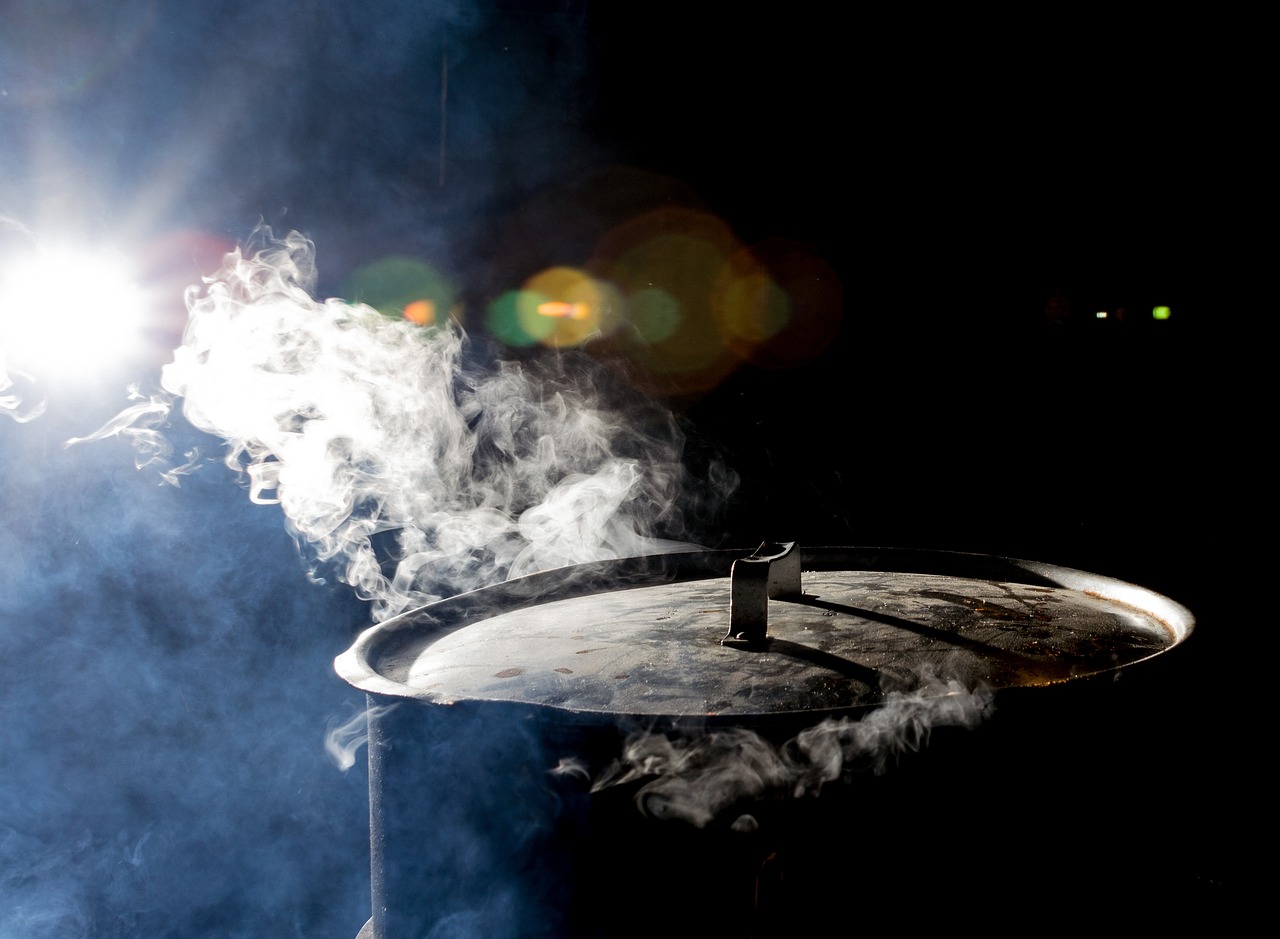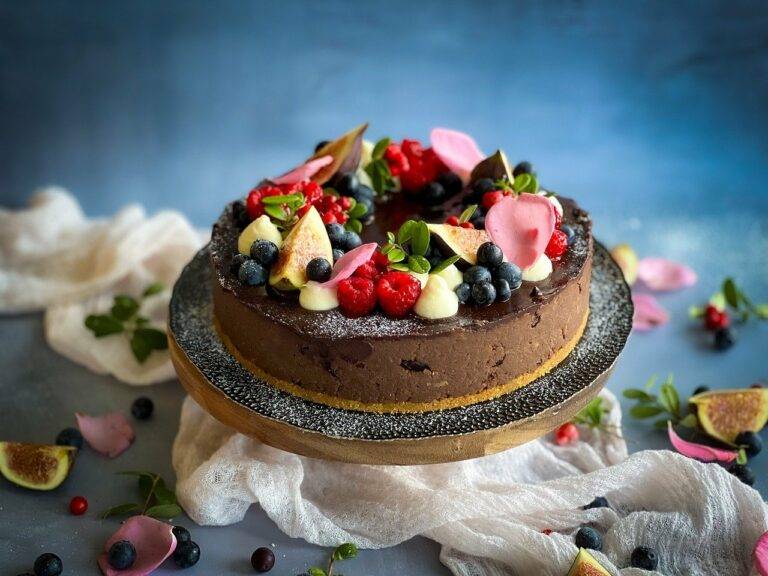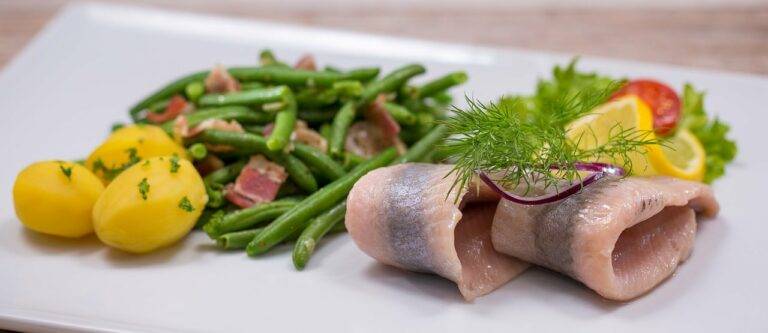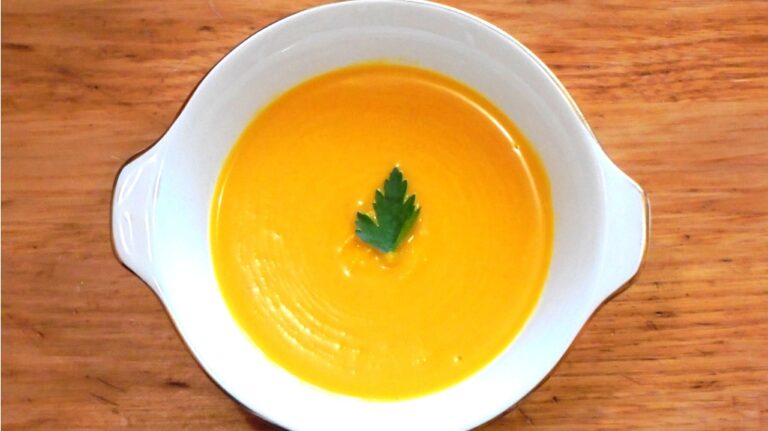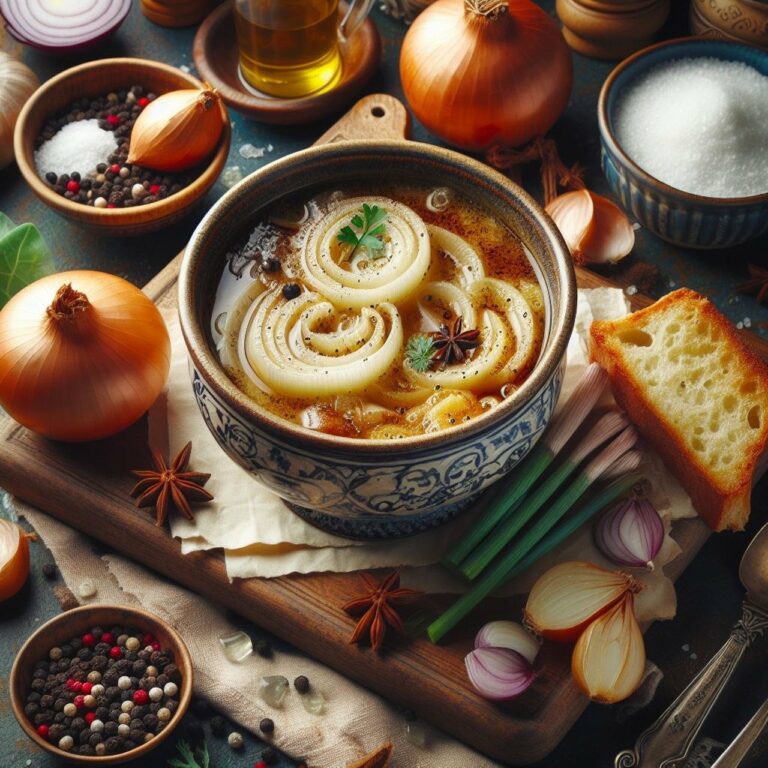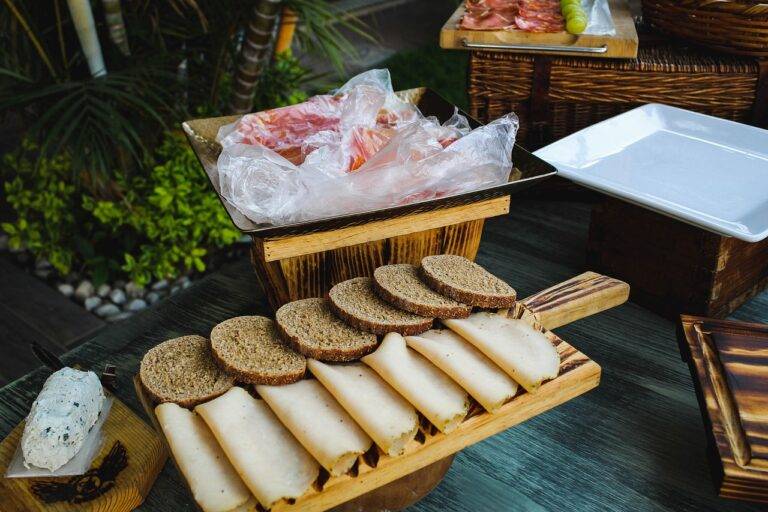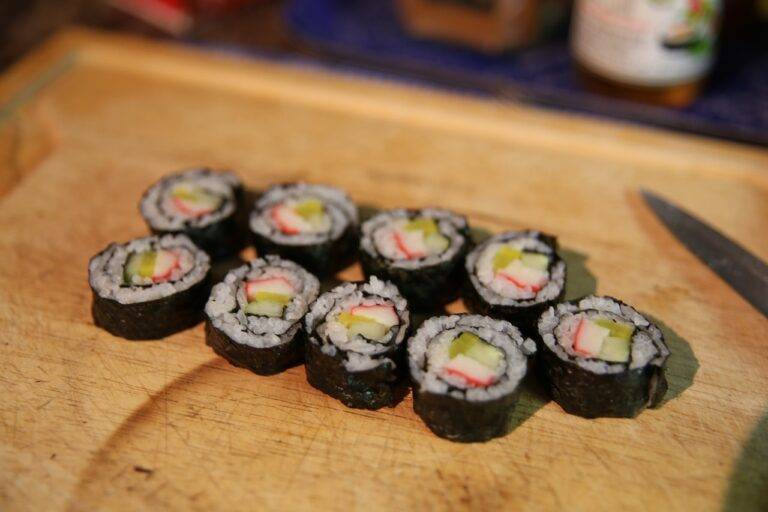Cooking with Edible Flowers: Adding Floral Flavors to Your Dishes
When it comes to incorporating edible flowers into your culinary creations, there is a wide variety to choose from. Some common types of edible flowers include pansies, nasturtiums, violets, and roses. Pansies have a mild, slightly sweet flavor that can add a pop of color to salads or desserts. Nasturtiums have a peppery taste and are often used to garnish dishes or infuse vinegars. Violets have a delicate, floral flavor that pairs well with both sweet and savory dishes. Roses have a fragrant taste and are commonly used to make rose water or to decorate cakes and pastries.
Other popular edible flowers include marigolds, lavender, and dandelions. Marigolds have a citrusy flavor and bright color, making them a great addition to salads or cocktails. Lavender has a sweet and floral taste, perfect for infusing syrups or adding to baked goods. Dandelions have a slightly bitter flavor and are rich in nutrients, making them a versatile ingredient that can be used in salads, teas, or even to make dandelion jelly. Experimenting with different types of edible flowers can add a unique twist to your dishes and elevate the visual appeal of your creations.
Benefits of Cooking with Edible Flowers
Cooking with edible flowers can elevate your dishes by adding unique flavors and vibrant colors. Edible flowers like roses, lavender, and pansies not only bring a visually appealing element to your meals but also offer subtle floral notes that can enhance the overall taste. Incorporating edible flowers into your cooking can create a memorable dining experience for both yourself and your guests.
Furthermore, using edible flowers can provide added health benefits to your dishes. Some flowers, such as marigolds and chrysanthemums, contain antioxidants and other nutrients that can contribute to a well-rounded and nutritious diet. By incorporating a variety of edible flowers into your recipes, you can boost the nutritional value of your meals while also enjoying the beauty they bring to the table.
How to Choose Edible Flowers for Cooking
When selecting edible flowers for cooking, it is essential to choose varieties that are free of pesticides and chemicals. Opt for organic flowers from reputable sources to ensure their safety for consumption. Look for flowers that are vibrant in color, with firm petals and no signs of wilting or browning.
Consider the flavor profile of the edible flowers you are choosing and how they will complement the dish you are preparing. Some flowers have a subtle taste, while others pack a more intense flavor. Experiment with different types of edible flowers to discover which ones best suit your culinary creations.
What are some common types of edible flowers that can be used in cooking?
Some common types of edible flowers that can be used in cooking include roses, violets, lavender, nasturtiums, and pansies.
What are the benefits of cooking with edible flowers?
Cooking with edible flowers can add unique flavors, colors, and aromas to dishes, as well as provide added nutrients and antioxidants.
How can I ensure that the edible flowers I choose are safe to eat?
It is important to only use edible flowers that have not been treated with pesticides or other harmful chemicals. Alternatively, you can purchase edible flowers from reputable sources that guarantee their safety for consumption.
Can all types of flowers be used in cooking?
No, not all types of flowers are safe to eat. It is important to stick to edible flowers that are specifically grown for culinary purposes to avoid any potential health risks.
Are there any specific precautions I should take when cooking with edible flowers?
It is recommended to wash the edible flowers thoroughly before using them in cooking to remove any dirt or insects. Additionally, make sure to remove any pistils, stamens, or other non-edible parts of the flowers before incorporating them into dishes.

